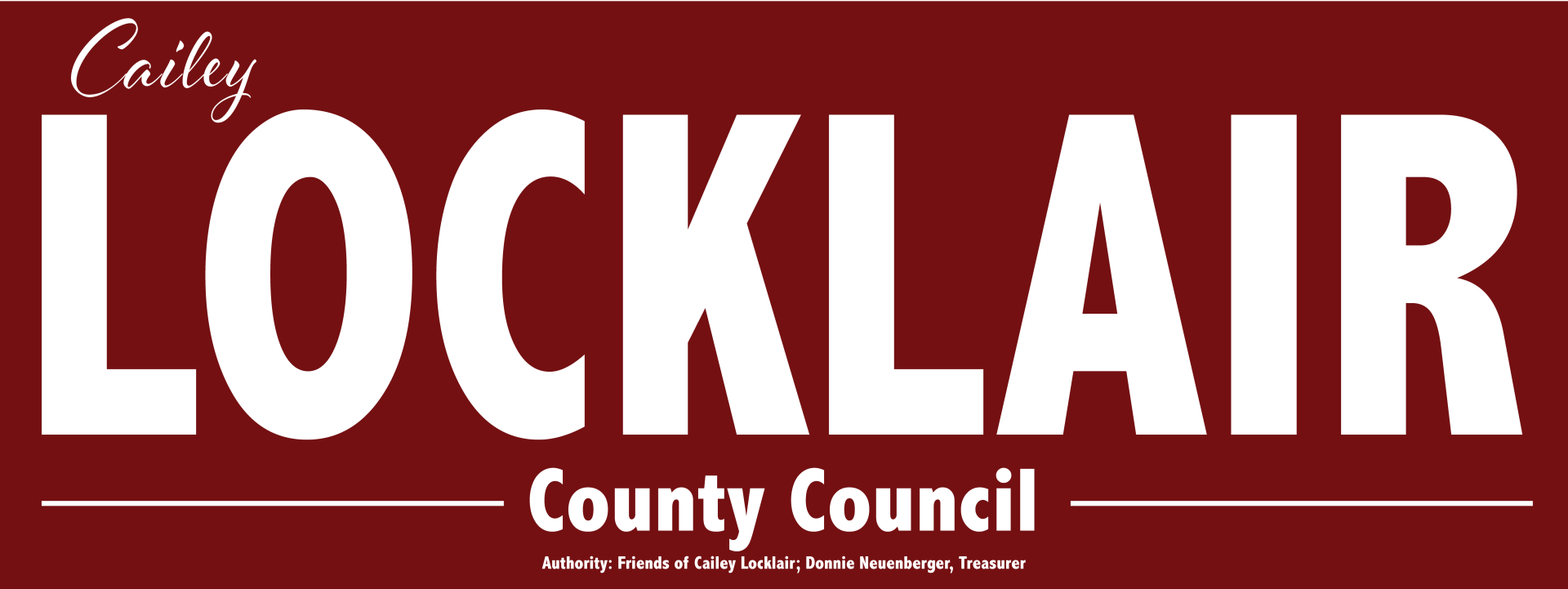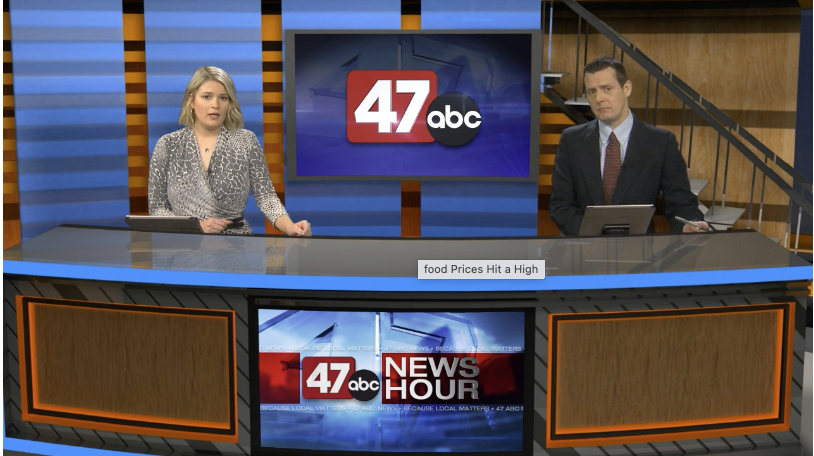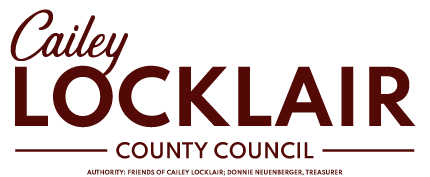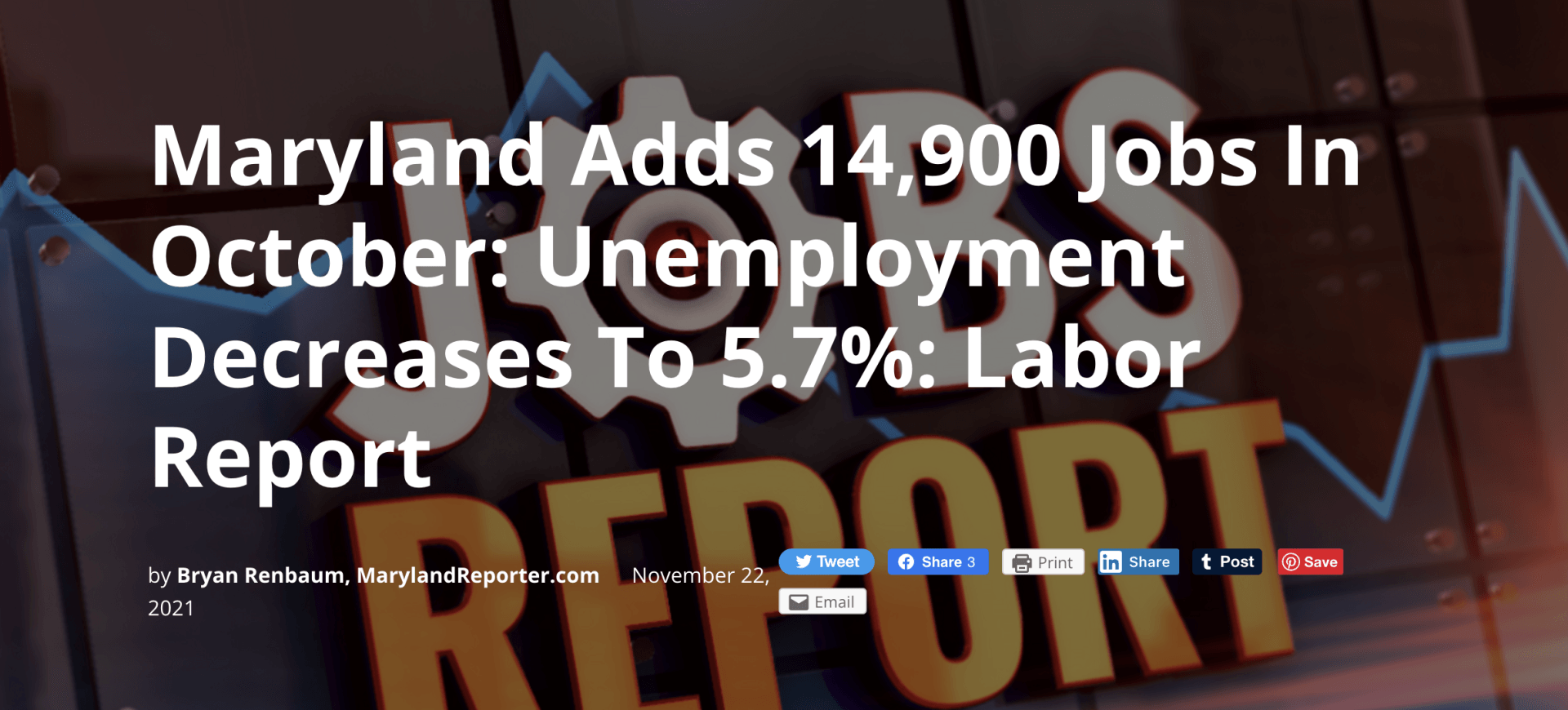MEET CAILEY
Cailey Locklair is the President of the Maryland Retailers Association, Maryland Chain Drug Store Association, Maryland Food Industry Council, and Tri State Jewelers Association and has worked in Maryland State politics and for community organizations for the past sixteen years.
CAILEY'S BACKGROUND
She attended the University of Delaware where she received her Bachelor of Arts in political science and Towson University where she received her Master of Science degree in integrated homeland security management with a focus on security policy. She also holds a Certificate of Security Assessment and Management from Towson University.
Previously, she worked at the Baltimore Jewish Council as their Deputy Executive Director overseeing both operations and government relations and was the Assistant House Administrator in the Maryland House of Delegates.
In 2014, she was chosen by The Seventh State as an “Annapolis Top Five Young Gun” and in 2019 by the Daily Record as a “Successful by 40 VIP.”
Cailey is a member of the State’s Unemployment Insurance Legislative Oversight Committee, is the immediate past Chair of the National Council of State Retailer Associations, sits on the board of Goodwill of the Chesapeake and sits on the Executive Directors Council to the Maryland Tourism Development Board.
In her free time, she enjoys volunteering with animal organizations, boating, playing softball for the Department of Legislative Services and is a proud “sponsor” of Naval Academy midshipman. She resides in Edgewater, MD.
CAILEY IN THE NEWS




LEARN MORE ABOUT KEY ISSUES
TAKE ACTION
Take action by volunteering or contacting Cailey with any issues at the form below.
Contact Caile
We will get back to you as soon as possible
Please try again later
Authority: Friends of Cailey Locklair, Donnie Neuenberger, Treasurer.
All Rights Reserved | Cailey Locklair


